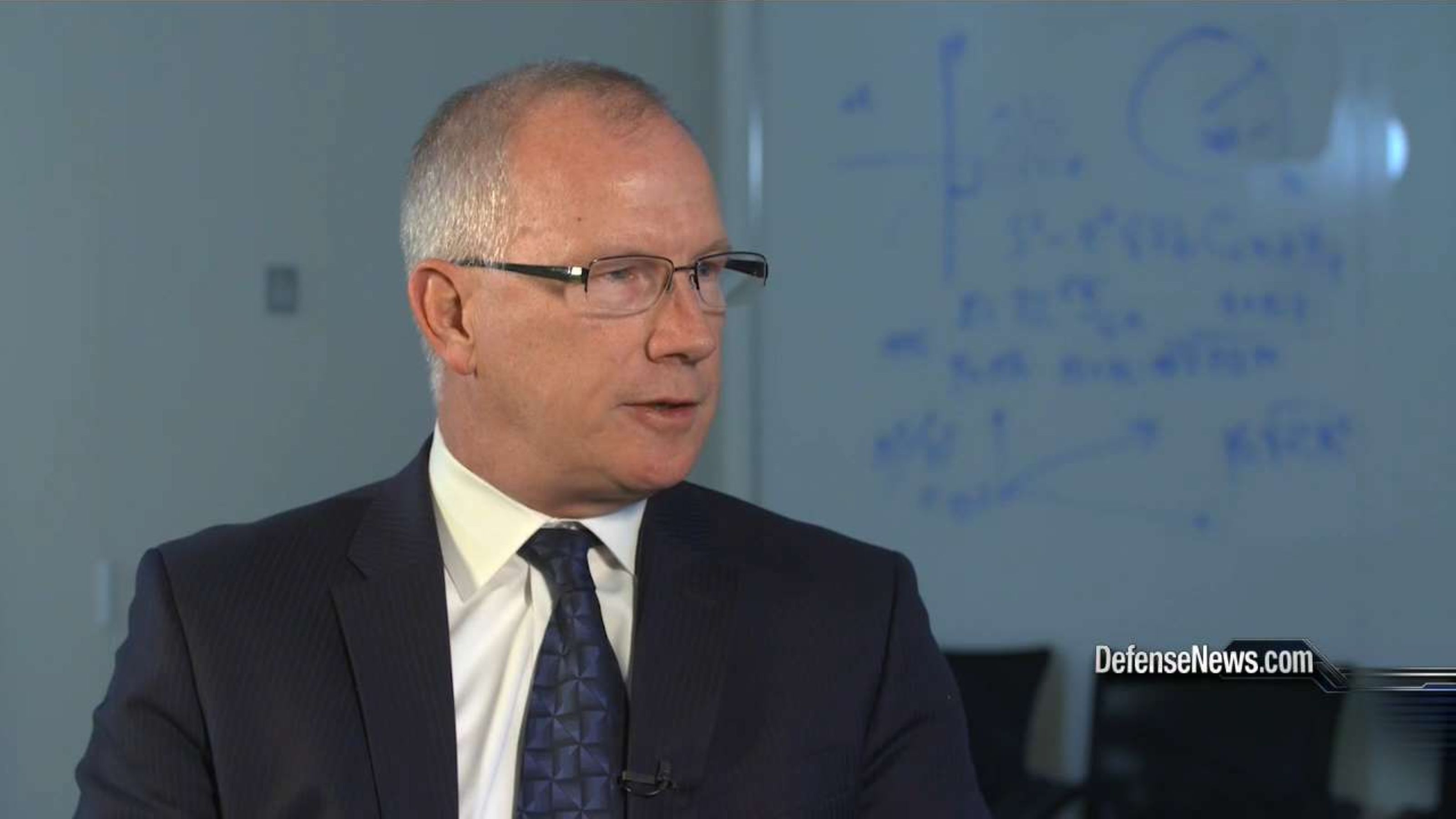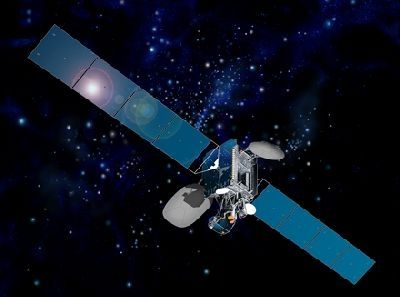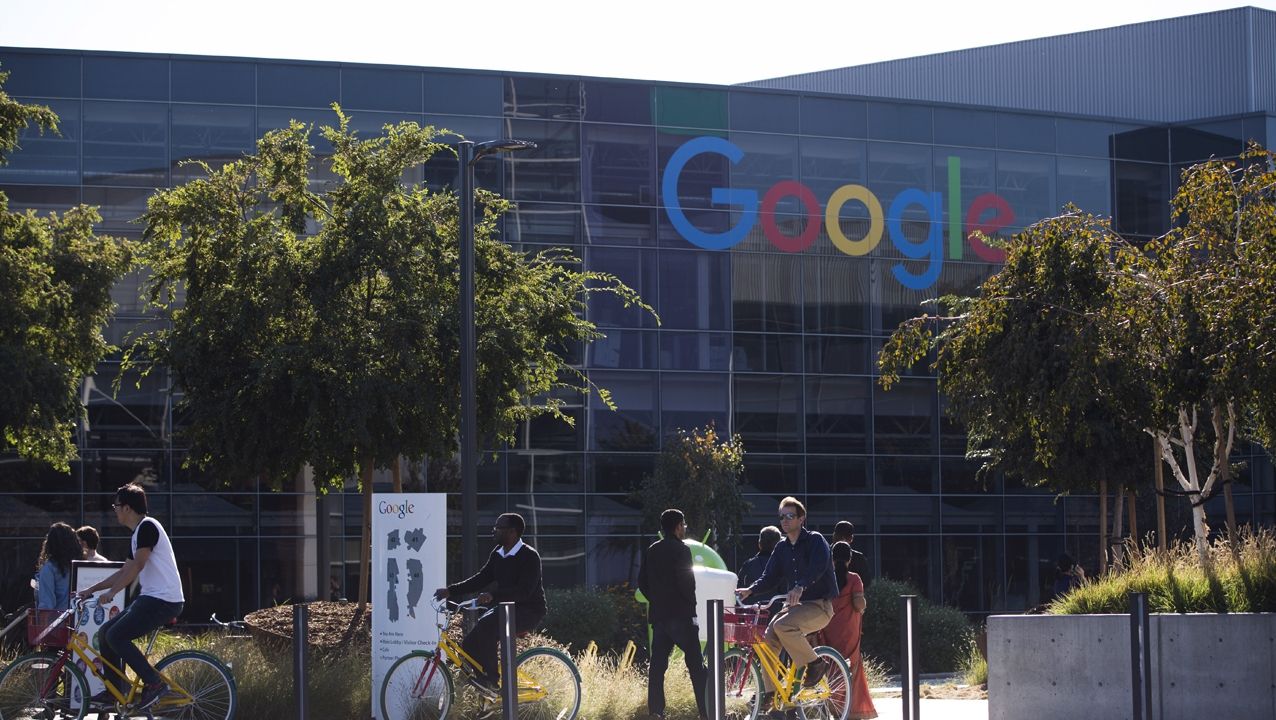This makes me a little nervous because pathways are very fragile and just the smallest change can result is some very bad/ even devastating results in other areas of the brain/ body.
Alzheimer’s remains one of the costliest yet most mysterious conditions in the United States, where an estimated 5.1 million Americans are living with the incurable, progressive disease. But researchers at The Rockefeller University have found that manipulating a protein pathway linked with Alzheimer’s helped improve memory impairment in mice— a finding that offers hope for new treatment in humans. Memory loss is the hallmark symptom of the disease.
Scientists with the Fisher Center for Alzheimer’s Research Foundation at The Rockefeller University used a complex set of imaging technologies and experiments to identify an early trafficking protein pathway (COPI) that affects amyloid precursor protein (APP), which precedes the formation of amyloid plaques. Previous research on Alzheimer’s have targeted this plaque, but scientists haven’t successfully identified a way to halt its progression. There is currently no cure or effective treatment for the disease.







